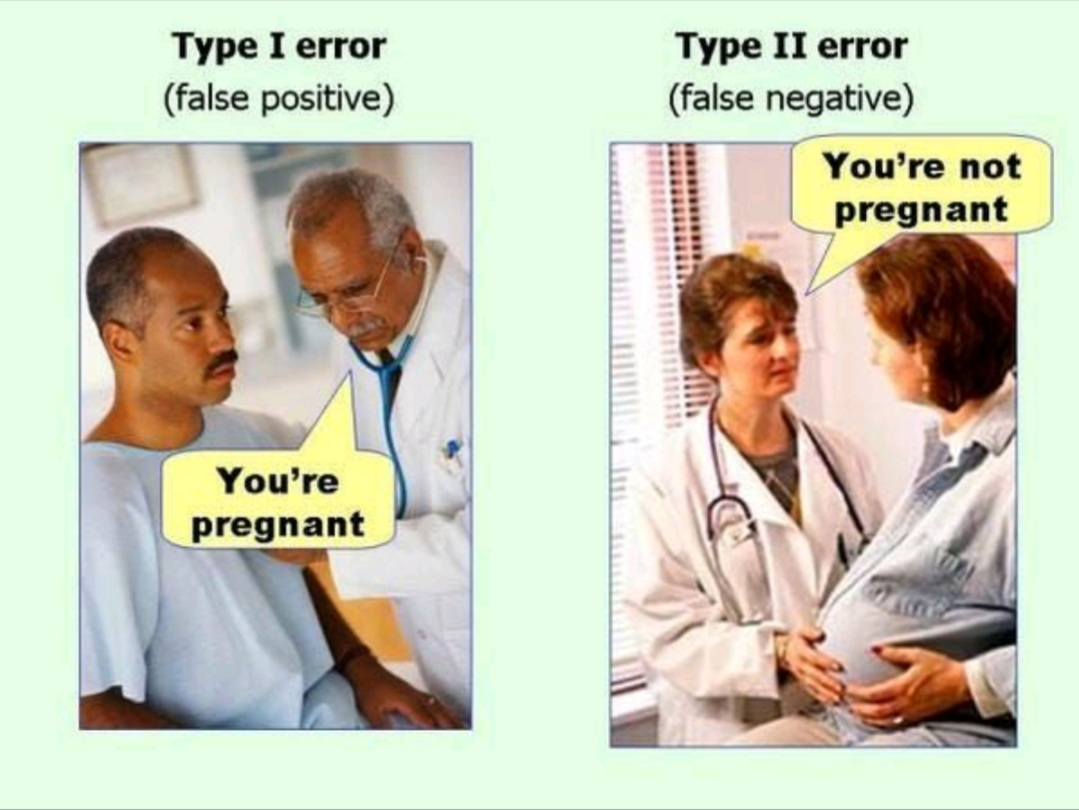Type I and Type II errors are used in evaluating the performance of Classification models, and understanding their differences is essential for interpreting model results effectively.
Why Both Errors Matter
-
Impact on Decision-Making: The consequences of Type I and Type II errors can vary significantly depending on the context. In some applications, such as medical diagnoses, a Type II error (failing to detect a disease) may be more critical than a Type I error (false alarm). Conversely, in fraud detection, a Type I error may lead to unnecessary investigations.
-
Balancing Precision and Recall: Understanding these errors helps in balancing precision (the proportion of true positives among all positive predictions) and recall (the proportion of true positives among all actual positives). Depending on the application, one may be prioritized over the other, influencing model tuning and evaluation.
-
Model Evaluation: Both types of errors are essential for a comprehensive evaluation of a model’s performance. Metrics such as precision, recall, and the F1 score incorporate these errors to provide a more nuanced view of how well the model is performing.
-
Risk Management: By analyzing the trade-offs between Type I and Type II errors, practitioners can make informed decisions about model thresholds and operational strategies, ensuring that the model aligns with business or clinical objectives.
